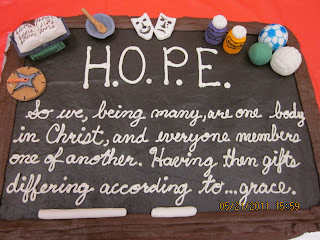

The inventors Nicéphore Niépce, Henry Fox Talbot, and Louis Daguerre seem not to have known or used the word "photography", but referred to their processes as "Heliography" (Niépce), "Photogenic Drawing"/"Talbotype"/"Calotype" (Talbot), and "Daguerreotype" (Daguerre). The astronomer Sir John Herschel is also credited with coining the word, independent of Talbot, in 1839. It was signed "J.M.", believed to have been Berlin astronomer Johann von Maedler. The article is the earliest known occurrence of the word in public print. The German newspaper Vossische Zeitung of 25 February 1839 contained an article entitled Photographie, discussing several priority claims – especially Henry Fox Talbot's – regarding Daguerre's claim of invention. The first use of the word by the Franco-Brazilian inventor became widely known after the research of Boris Kossoy in 1980. This claim is widely reported but is not yet largely recognized internationally. Hercules Florence, a French painter and inventor living in Campinas, Brazil, used the French form of the word, photographie, in private notes which a Brazilian historian believes were written in 1834. Several people may have coined the same new term from these roots independently. The word "photography" was created from the Greek roots φωτός ( phōtós), genitive of φῶς ( phōs), "light" and γραφή ( graphé) "representation by means of lines" or "drawing", together meaning "drawing with light". 3.4 Full-spectrum, ultraviolet and infrared.A negative image on film is traditionally used to photographically create a positive image on a paper base, known as a print, either by using an enlarger or by contact printing. The result with photographic emulsion is an invisible latent image, which is later chemically "developed" into a visible image, either negative or positive, depending on the purpose of the photographic material and the method of processing. With an electronic image sensor, this produces an electrical charge at each pixel, which is electronically processed and stored in a digital image file for subsequent display or processing. Typically, a lens is used to focus the light reflected or emitted from objects into a real image on the light-sensitive surface inside a camera during a timed exposure. It is employed in many fields of science, manufacturing (e.g., photolithography), and business, as well as its more direct uses for art, film and video production, recreational purposes, hobby, and mass communication. Photography is the art, application, and practice of creating durable images by recording light, either electronically by means of an image sensor, or chemically by means of a light-sensitive material such as photographic film. Stereoscopic, Full-spectrum, Light field, Electrophotography, Photograms, Scanner Recording light or other electromagnetic radiation Science or art of creating durable images Note: Normal is a 30-year degree day average value for the period 1981-2010.A person photographing near the Boven-Slinge stream at Winterswijk, Netherlands New York State - Statewide Cooling Degree Day

Statewide | Albany | Binghamton | Buffalo | Glens Falls | Massena | New York City | Rochester | Syracuse | Utica - removed from survey | Watertown If a weather station recorded an average daily temperature of 78° F, cooling degree-days for that station would be 13 (and 0 heating degree days). For example, a weather station recording an average daily temperature of 40° F would report 25 heating degree-days for that day (and 0 cooling degree-days). The daily average temperature is the mean of the maximum and minimum temperatures in a 24-hour period. Cooling degree-days are the number of degrees that the daily average temperature rises above 65° F.


Heating degree-days are the number of degrees that the daily average temperature falls below 65° F. " Degree-days" are relative measurements of outdoor air temperature used as an index for heating and cooling energy requirements." Normal" is a 30-year degree day average value for the period 1971-2000, unless otherwise noted.Annual heating seasons run October through March (seasonal, weekly, and monthly).Source: National Oceanic and Atmospheric Administration, National Weather Service Degree Days Statistics.


 0 kommentar(er)
0 kommentar(er)
